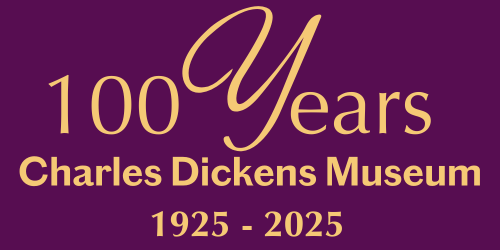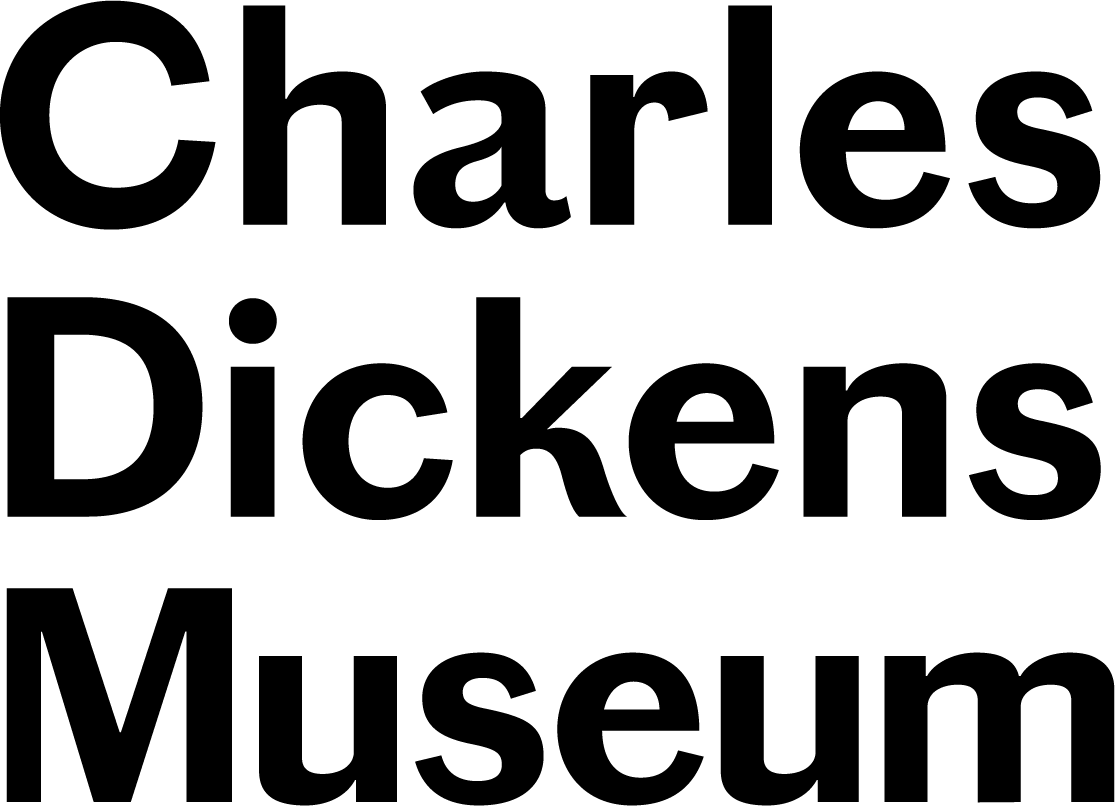Dickens at Christmas: 7 places to visit round the UK
Is there any novelist more closely linked with Yuletide than Charles Dickens? His story, A Christmas Carol, was an instant hit in 1843 and helped make Christmas fashionable again. It remains hugely popular, with its perennially relevant call for greater kindness and the end of greed.
It’s perhaps less well known that Dickens wrote about Christmas many times, often with radical intent, and without the sweet gloss the Carol would get from later adaptations.
To help you explore what the season meant to Dickens, here are 7 ideas from the Charles Dickens Museum for winter trips to the places that inspired his Christmas stories.

The Ghost of Christmas Present by John Leech © Charles Dickens Museum
Dickens is often mistakenly credited with inventing Christmas. Rather he helped reignite an older enthusiasm for it. His own love of the season was given to him by his grandparents in childhood.
They were domestic servants at Crewe Hall, a stately home in Cheshire known for its lively Christmas parties and plays. It’s now a private hotel.
Royal Exchange and Cornhill, London
The story of A Christmas Carol is told through dreams. So how much is it possible to detect any real places that may have inspired it? Tony Williams, expert on Dickens’s London, says they probably can’t be pinned down absolutely for such a great work of the imagination. But, he says, Dickens does give a few clues.
Take Scrooge, for example. His place of business is in the vicinity of the Royal Exchange in the heart of London’s financial district. Williams says, Newman’s Court off Cornhill gives a good sense of where Scrooge might have had his counting house. The alleyways nearby, particularly Ball Court and The George and Vulture pub, still have a strong atmosphere of the times.
From here you can explore the City of London, with its layers of history from the very ancient to the very new.

The Royal Exchange © Historical England Archive TDD97/00189 & AA039922
The Cornish Coast
The description of the mining community in A Christmas Carol draws on a visit Dickens made to Cornwall in 1842 to investigate working conditions, particularly for children.
The story describes a lighthouse built ‘upon a dismal reef of sunken rocks’. A probable model for it is the former Eddystone lighthouse off Rame Head.
The Rame Head Heritage Coast is an Area of Outstanding Beauty with a fascinating history.

Rame Head Heritage Coast via wikki cimmons
Birmingham Town Hall
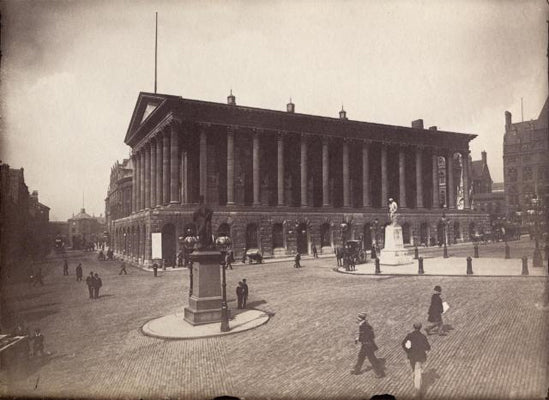
Birmingham Town Hall 1890-1910 © Historic England Archives OP14768
Dickens devoted much of his later life to giving public readings. He began with A Christmas Carol at Birmingham Town Hall in December 1853.
He made the performance to raise funds for the proposed Birmingham and Midland Institute to carry out pioneering work in adult education. He insisted there were tickets available at a low enough price for working people to afford.
St James’s Church, Cooling, Kent
Great Expectations opens on what is perhaps literature’s most miserable Christmas Eve. The book’s main character, Pip, is tending the graves of his parents and brothers when he’s surprised by the horrifying presence of the escaped convict.
The debate continues over where exactly inspired the setting. But a likely choice is St James’s Church in the village of Cooling near Rochester, on the marshes between the Thames and the Medway estuaries. Most significantly, the church has the ‘little stone lozenges’ which mark children’s graves.
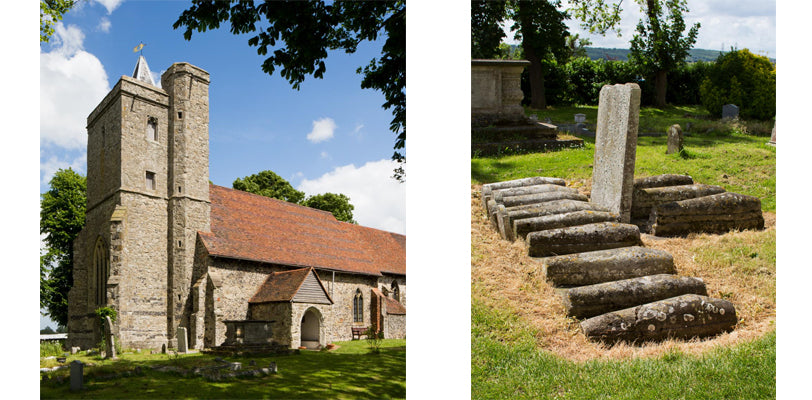
St James's Church, Cooling, Kent
Six Poor Travellers House, Rochester, Kent

Six Poor Travellers House © Copyright Christopher Hilton
Dickens’s story ‘The Seven Poor Travellers’ begins with the narrator reading a sign over the door of the charity house he’s about to enter at Christmas Eve.
It says the charity will provide for ‘Six poor Travellers, who not being ROGUES, or PROCTORS, may receive gratis for one Night, Lodging, Entertainment, and Fourpence each.’
The actual sign from 1579 is still there above Six Poor Travellers House in Rochester.
The town of Rochester is also the model for Cloisterham in The Mystery of Edwin Drood. Dickens wrote about Christmas for the last time in that novel, again darkly as it turns out.
This, however, is Cloisterham on Christmas Eve:
Lavish profusion is in the shops: particularly in the articles of currants, raisins, spices, candied peel, and moist sugar. An unusual air of gallantry and dissipation is abroad; evinced in an immense bunch of mistletoe hanging in the greengrocer's shop doorway
48 Doughty Street, London
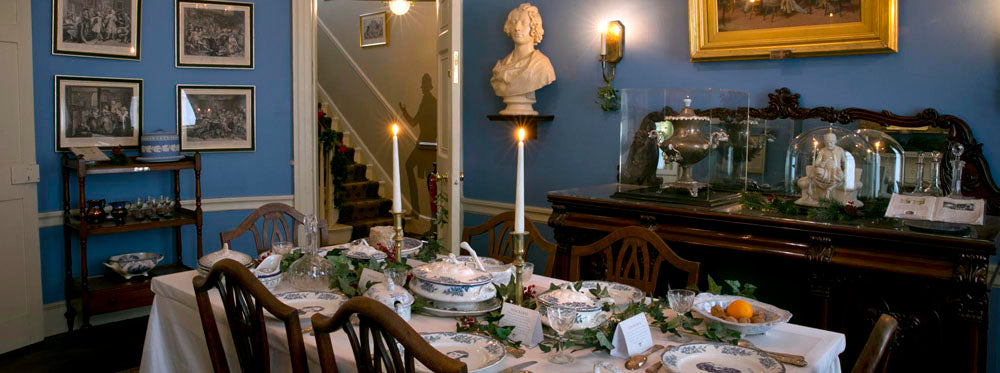
Dining Room at Charles Dickens Museum
What was the season like in the author’s own home? Dickens loved entertaining, and Christmas gave him an ideal excuse to ‘[break] out like a mad man’, to quote him.
His daughter Mary recalled, ‘he [acted] always as master of ceremonies, and calling upon first one child, then another for his or her contribution to the festivity.’ She wrote, ‘O, those merry, happy times, never to be forgotten by any of his own children, or by any of their guests.’
To experience their home at Christmas, visit the Charles Dickens Museum at, 48 Doughty Street, London. This is the historic house where Dickens lived with his young family from 1837 to 1839, and where he wrote Oliver Twist, Pickwick Papers and Nicholas Nickleby. It’s dressed for Christmas with lively events through the season.
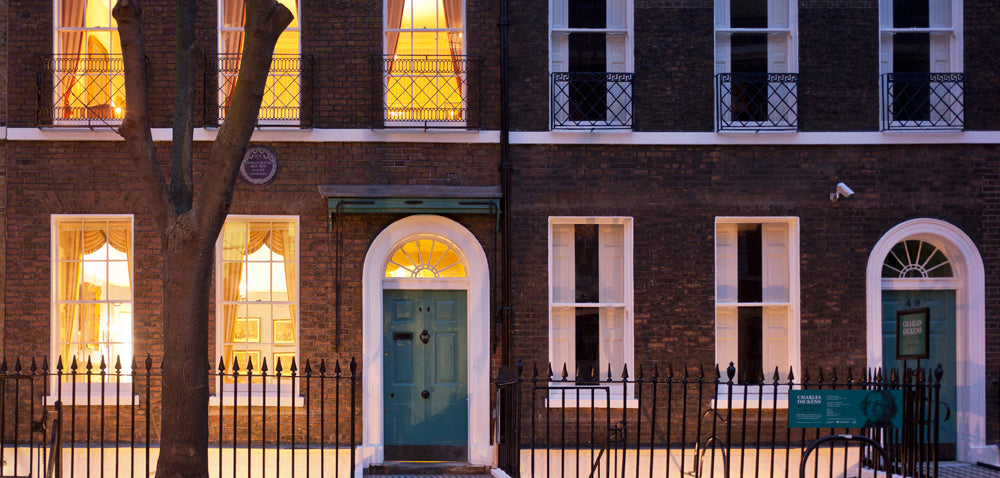
Charles Dickens Museum, Bloomsbury London
FURTHER READING
* Tony Williams and Alex Werner, Dickens’s Victorian London: 1839-1901 (Ebury Press, 2012)
* The Londonist, ‘The London of Charles Dickens Mapped’
* Michael Patrick Hearn, The Annotated Christmas Carol (WW Norton & Co, 2004)
Museum Blog
This blog takes you behind the scenes at the Charles Dickens Museum, giving fresh insight on everything from discoveries new and old in our collection, to exhibitions, events and learning initiatives.
You’ll be hearing from a variety of Museum staff and volunteers, as well as guest curators, academics, artists and Dickens enthusiasts. Why not join the debate and let us know you thoughts on the latest blog by using our hashtag #CDMBlog
